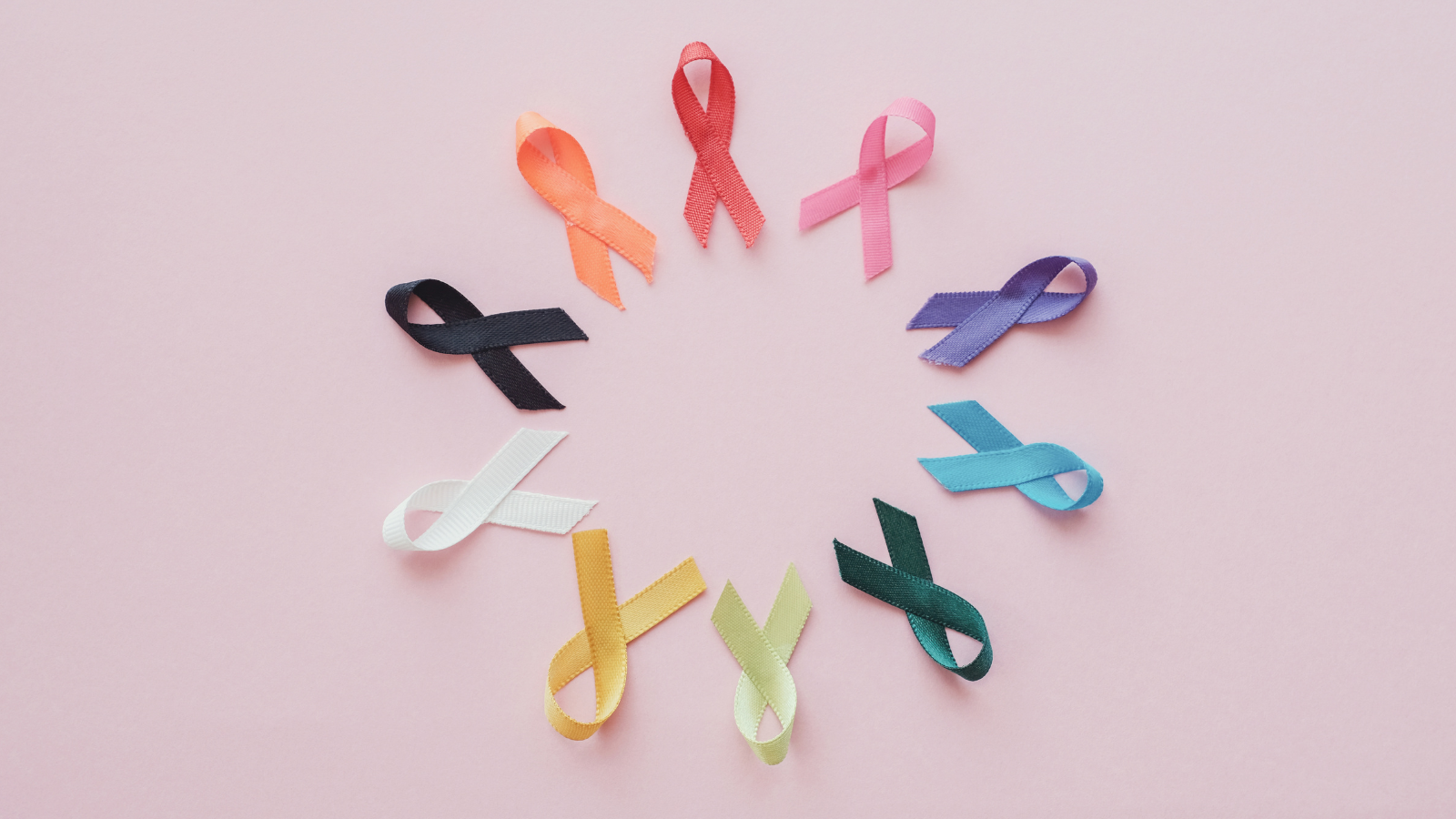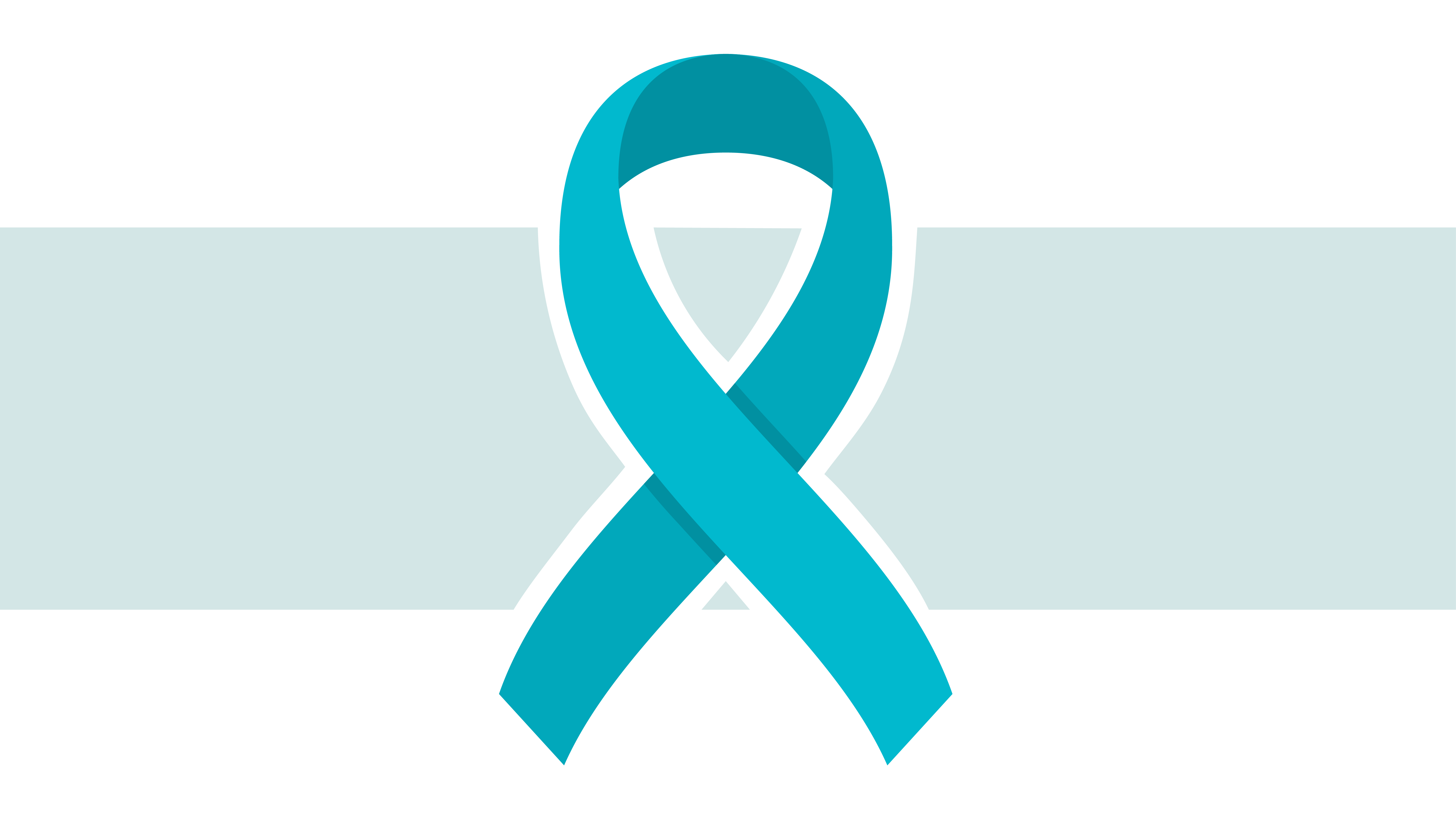National Cancer Prevention Month and Its Significance
National Cancer Prevention Month is a poignant reminder that taking proactive steps toward a healthier lifestyle can significantly reduce the risk of...
3 min read
Healthcare Highways : Aug 15, 2024

September is normally known for cooling down from the hot summer months and awaiting the fall season, however it is also full of cancer awareness, with ribbons of different colors symbolizing the fight against various forms of this disease. Several types of cancer are highlighted during this period, emphasizing the importance of early detection, prevention, and support for patients and their families.
In addition to raising awareness, September also brings together communities and organizations to host events such as charity walks, educational seminars, and fundraising initiatives. These activities not only help to fund research and support services but also foster a sense of solidarity among those affected by cancer. By participating in these events or simply wearing a ribbon, individuals can show their support and contribute to the ongoing battle against cancer, making September a month of both reflection and action in the fight to save lives. Here are the types of cancer that are highlighted for awareness throughout September.
Childhood Cancer
Cancer.gov reveals that in the United States in 2024, an estimated 9,620 new cases of cancer will be diagnosed among children from birth to 14 years old. While cancer is often associated with adults, it's essential to remember that children can also be affected. The American Cancer Society (ACS) states some of the most common cancers in children include leukemia, brain and spinal cord tumors, neuroblastoma, Wilms tumor, lymphoma, rhabdomyosarcoma, retinoblastoma, and bone cancer.
American Cancer Society explains that most childhood cancers, unlike cancer in adults, are not strongly linked to lifestyle or environmental risk factors, and only a small number of those childhood cancers are caused by DNA changes passed on by their parent. Furthermore, the ACS explains that childhood cancers tend to respond better to treatments such as chemotherapy. Understanding the signs and symptoms of childhood cancer can be crucial for early diagnosis and treatment, talk with your child’s pediatrician for any concerns you might have or for more information.
Leukemia and Lymphoma
Leukemia and lymphoma are blood cancers that require specific attention and research to improve treatment outcomes. City of Hope cancer center explains that leukemia and lymphoma are easily confused because they’re both types of blood cancer. Leukemia usually begins in the bone marrow, while lymphoma typically originates in the lymph nodes or other areas of the lymphatic system. Leukemia is the most common type of blood cancer in children, while lymphoma is more commonly diagnosed in adults.
Symptoms of leukemia are usually pale skin, red spots on the skin, and frequent infections. While symptoms of lymphoma are fevers, shortness of breath, coughing, and itchy skin. The treatment usually depends on the type of cancer but is usually chemotherapy, stem cell transplants, targeted therapy, or immunotherapy.
Ovarian, Prostate, Thyroid, and Uterine Cancers
The Centers for Disease Control and Prevention (CDC) states that ovarian, prostate, thyroid and uterine cancers, while affecting different populations, share the common goal of early detection and improved treatment options. These types of gynecologic cancers include cancers of the uterus, ovaries, cervix, vagina, and vulva. Gynecological cancers are when the cells in the reproductive organs grow out of control.
Some of the most common symptoms of gynecological cancers are abnormal vaginal bleeding or discharge, feeling full too quickly or difficulty eating, pelvic pain or pressure, more frequent or urgent need to urinate, itching burning, pain, or tenderness of the vulva. Cervical, vaginal, and vulvar cancers are caused by the human papillomavirus (HPV) a common sexually transmitted infection. Getting the HPV vaccine protects against types of HPV that cause cervical, vaginal, and vulvar cancers. Patients should consult their doctor about the treatment that is right for them. Staying informed about the risk factors and symptoms of these cancers can empower individuals to take control of their health.
Thyroid Cancer
According to the University of Texas MD Anderson Cancer Center about 44,000 people are diagnosed with thyroid cancer each year in the United States, with more than half of the cases occurring between ages 20 and 55. Thyroid cancer is a type of endocrine cancer that develops in the thyroid gland. This is usually a slow-growing disease that can be treated successfully.
Most cases of thyroid cancer are found by chance during a routine medical imaging appointment. Since thyroid cancer can be heredity, your doctor may ask you if anyone in your family has had thyroid cancer. One of the following tests can be used to find out if the cancer is present, imaging exam, biopsy, radioactive iodine thyroid scan, blood test, or genetic testing.
Treatment for thyroid cancer can include thyroid cancer surgery, radioactive iodine for thyroid cancer, hormone therapy for thyroid cancer, targeted therapy, chemotherapy, or in some cases thyroid cancer clinic trials.
Healthcare Highways encourages proactive health management by emphasizing the importance of regular screenings and check-ups. It's essential to seek care from your primary care physician, or pediatrician for your child, regularly to stay on top of any necessary tests and screenings, helping you address potential health concerns early, and maintain overall well-being. Find your preferred primary care provider, or pediatrician, using the provider search tool.
Sources:
National Public Health Information Coalition (NPHIC) - Cancer Awareness Days in September
Types of Cancer that Develop in Children | American Cancer Society
Thyroid Cancer - Types, Symptoms, Treatment, Staging & Diagnosis | MD Anderson Cancer Center
Gynecologic Cancers Basics | Gynecologic Cancers | CDC
Lymphoma vs. Leukemia: Understanding the Differences (cancercenter.com)

National Cancer Prevention Month is a poignant reminder that taking proactive steps toward a healthier lifestyle can significantly reduce the risk of...

Cervical cancer is a silent threat that affects women around the world, but the good news is that we have a powerful weapon in our arsenal – a Pap...